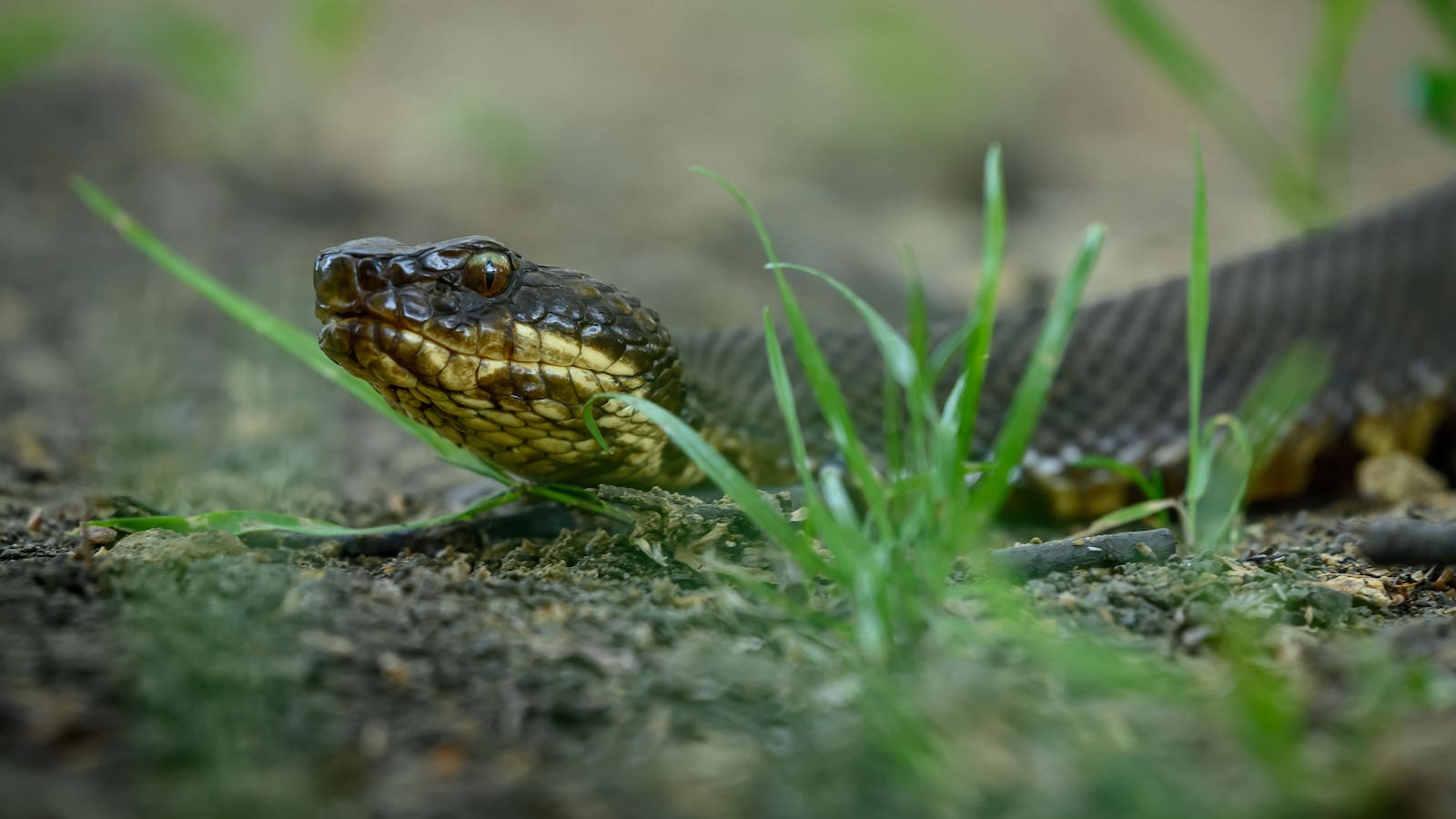As the temperature rises and summer draws near, increasingly more snakes are slithering around in North Texas.
With this in mind, there are a few things North Texans should know about the snakes native to the area and how best to avoid them.
North Texas is home to several varieties of venomous snakes, including the copperhead, Western cottonmouth, and Western diamondback rattlesnake, per NBC 5.
Although there are three subspecies of copperheads in Texas, they are generally light in color with reddish-brown crossbands and can grow to about two feet long, per Texas Parks and Wildlife.
They are more typically found in wet areas, such as the rocky or wooded banks of streams and rivers.
Western cottonmouths appear in a variety of dark earthy colors, such as black, dark brown, and olive green. They get their name from their white mouths, which they only display when feeling threatened, per TPW.
They grow to about three and a half feet long and can be found in wetter environments, including swamps, marshes, and rivers.
Western diamondback rattlesnakes are noticeable for their striking diamond-shaped markings. They also have black and white rings on their tails, per TWP.
Although they typically grow to about four feet in length, some can get to almost seven feet.
They can be less picky about where they live, so expect them to be found in both wet and dry areas.
Of course, not all snakes in North Texas are venomous.
You can usually distinguish non-venomous snakes — such as the rat snake — by their round pupils. Others, like rattlesnakes, have slitted pupils, per NBC 5.
Exercise caution when encountering these creatures, venomous and non-venomous alike.
Snakes are typically most active during the nighttime and in the early morning and late evening hours.
Keeping your lawn cut low and removing brush or debris from your yard will help reduce hiding spots for snakes.
Beware of rocky crevices that may serve as a potential den if you find yourself in an environment likely to house snakes.
If you come across a snake, it’s important to stay calm and keep your distance.
Rapid movements can indicate that you are prey and elicit a reaction from a snake. Don’t handle snakes, alive or dead.
If you are bitten, it is important to seek medical attention immediately.
Trying to suck the venom out or applying a tourniquet might cause more harm than good. Drinking alcohol or taking painkillers is definitely a bad idea, per NBC 5.
“The most useful snakebite first aid kit consists of car keys and some coins for a call to a hospital,” explained Sherman A. Minton, a now-deceased herpetologist and toxinologist from Indiana University School of Medicine, per TPW.
Venomous snakebites cause an average of one to two deaths in Texas each year, per TPW.
As The Dallas Express previously reported, snakes typically only act aggressively when they feel threatened.
While they might seem scary, they have an important role to play in the ecosystem, such as by preying on certain rodent pests.






